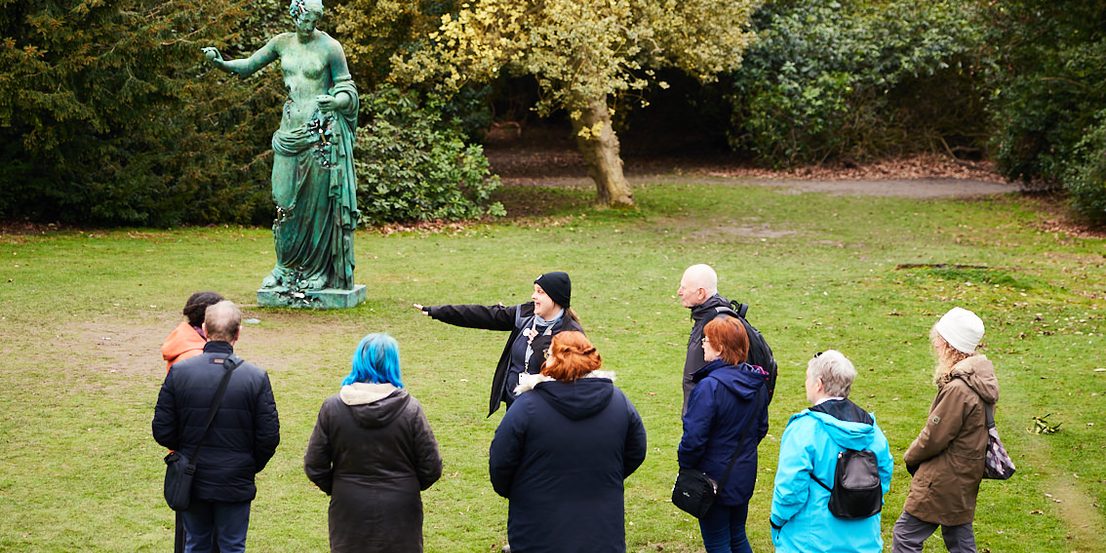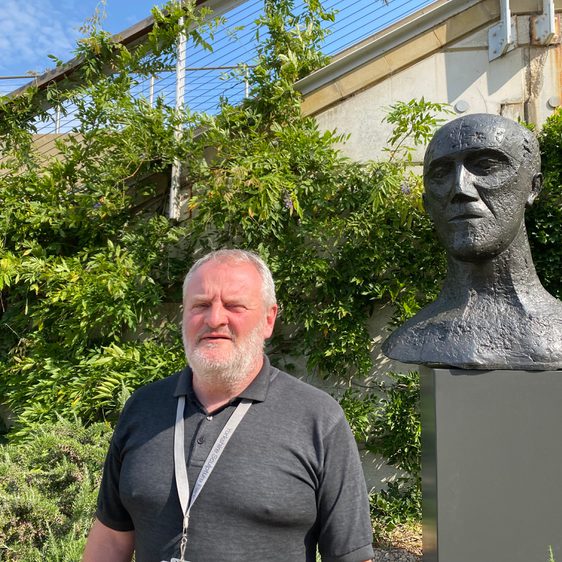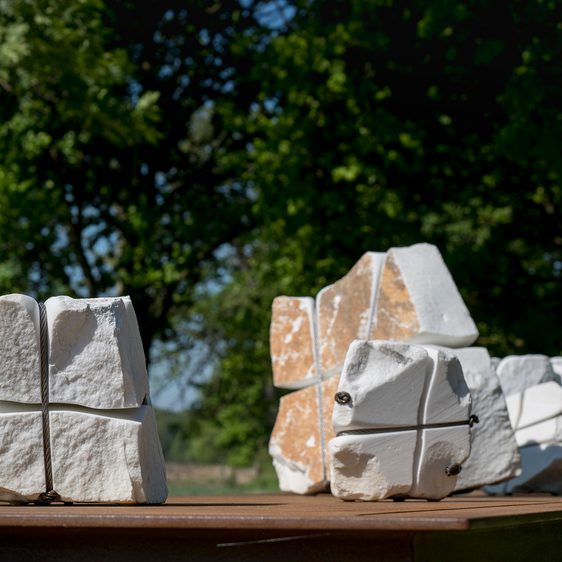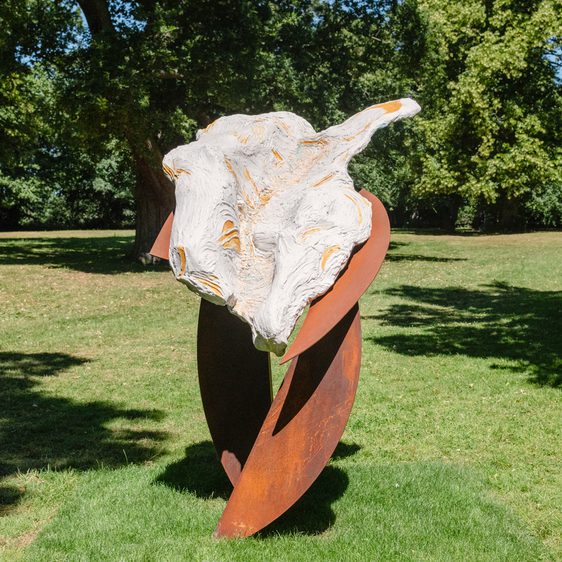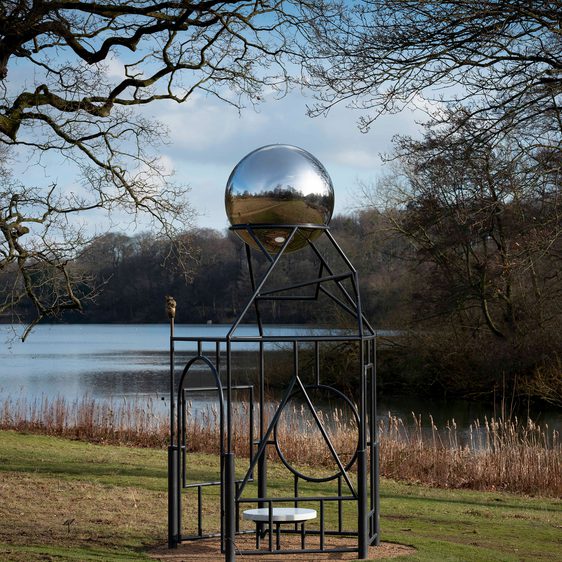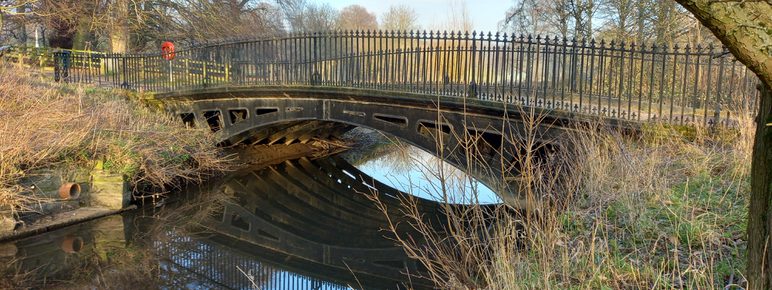
News Story
We are delighted that the MEND fund, administered by Arts Council England, will be supporting us to carry out urgent repairs to the historic cast iron Cut Bridge which crosses the waterway between YSP's Lower and Upper Lakes.
The bridge will be closed from 2 September–20 December 2024 whilst the restoration is taking place, with alternative routes signposted for visitors, walkers and horse riders to access the bridleway and grounds.
The Grade II listed Cut Bridge is one of only five cast iron bridges left in Yorkshire and the project will ensure that access through the Park remains for the future.
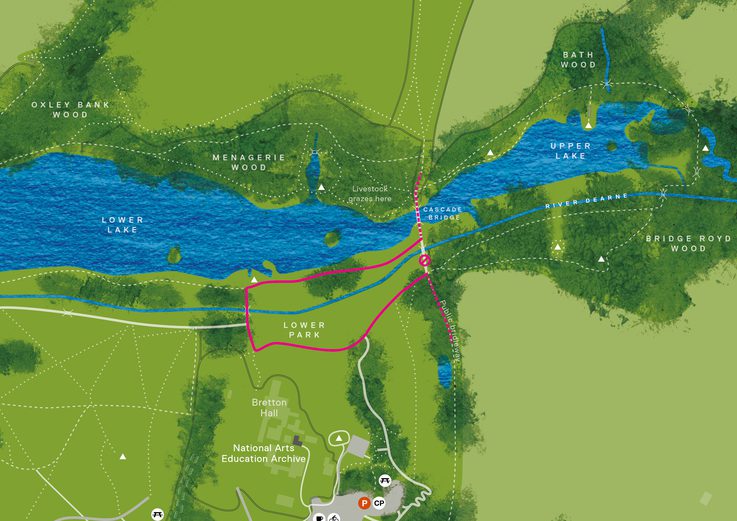
Sections of Cut Bridge have been partially repaired or replaced over the decades, but this is the first time that a full restoration has been possible. The work to restore the historic structure will include restoration and repairs to all cast ironwork, timber deck replacement, and masonry repairs. It will take around three months to complete with minimal disruption to YSP’s visitors.
Working over a waterway presents its own challenges. The specialist teams will ensure that nothing enters the waterway or wildlife habitats that support the many bird species and the largest heronry in the region.
As part of our continued commitment to sustainability, all removed timbers will be reused for raised beds and outdoor learning areas across the Park.
The bridge is an integral part of the estate so the importance of this major restoration project can’t be underestimated. As part of our estate stewardship, YSP has a responsibility to maintain the Cut Bridge sensitively for future generations to use and enjoy, ensuring continued access to art, nature and our heritage.
-Mark Chesman, Head of Estates and Projects at YSP
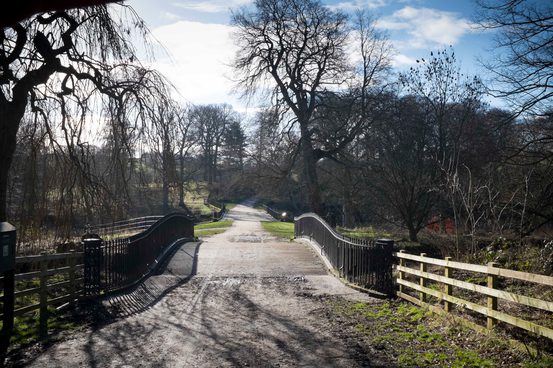
Historical context of the Cut Bridge
In the second half of the 18th century, the Bretton Estate’s owner, Sir Thomas Wentworth, was developing the pleasure grounds and amenities of his gardens and park. Not content with what he called his 'little lake' (now known as the Upper Lake), which began in the late 1760s, he announced that the following year work would begin on 'the Great Lake' and a 'new canal'.
The canal engineer Luke Holt began work in 1775, digging out the lake and constructing a channel, called the Cut, to carry the river Dearne alongside the old and new lakes to control the water level. In part the Cut replaced an earlier goit, and as well as controlling the flow of water into the lake it provided power for a blast furnace downstream.
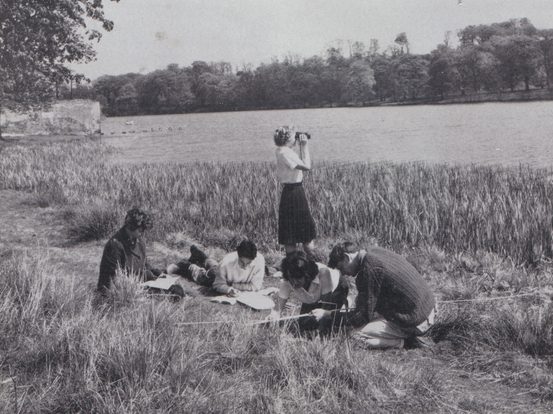
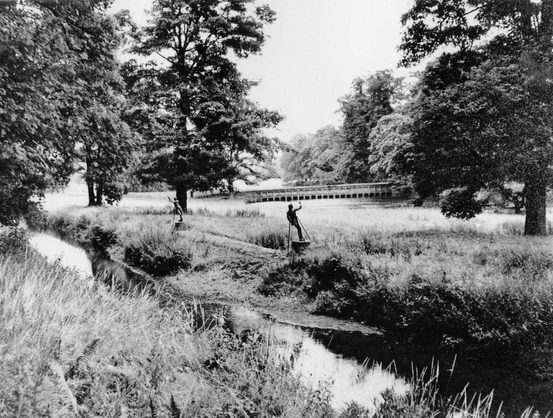
It seems likely that by the early 1780s there was a permanent bridge crossing the Cut at this point, at the “waist” between the upper and lower lakes, which formed a key part of the design and function of the pleasure grounds. This replaced the former line of the public road, Hoyland Lane, which was flooded under the Lower Lake.
Until the 1860s this river-crossing formed part of the public route which ran through Bretton Park, until a highway diversion was achieved to render the park private. The ornamental bridge we now see had a significant history as a public river-crossing and shows how a landowner could change public rights of way in pursuit of private developments.
Sir Thomas died in 1792 and the estate passed to his daughter, Diana Beaumont, who embarked on a major development of the gardens, planting and hothouses. It is most likely under her management (1792-1831) that the present bridge was created, as expert opinion puts it into the early-mid 19th century and she was making ambitious use of decorative and structural cast iron for her hothouses. Cast iron was still a relatively new material for a bridge.
YSP took over the lease of this area of the Park in 2010 and was able to create full public access to a long-privileged and private landscape. Discover more of YSP's fascinating heritage with special events and activities.
